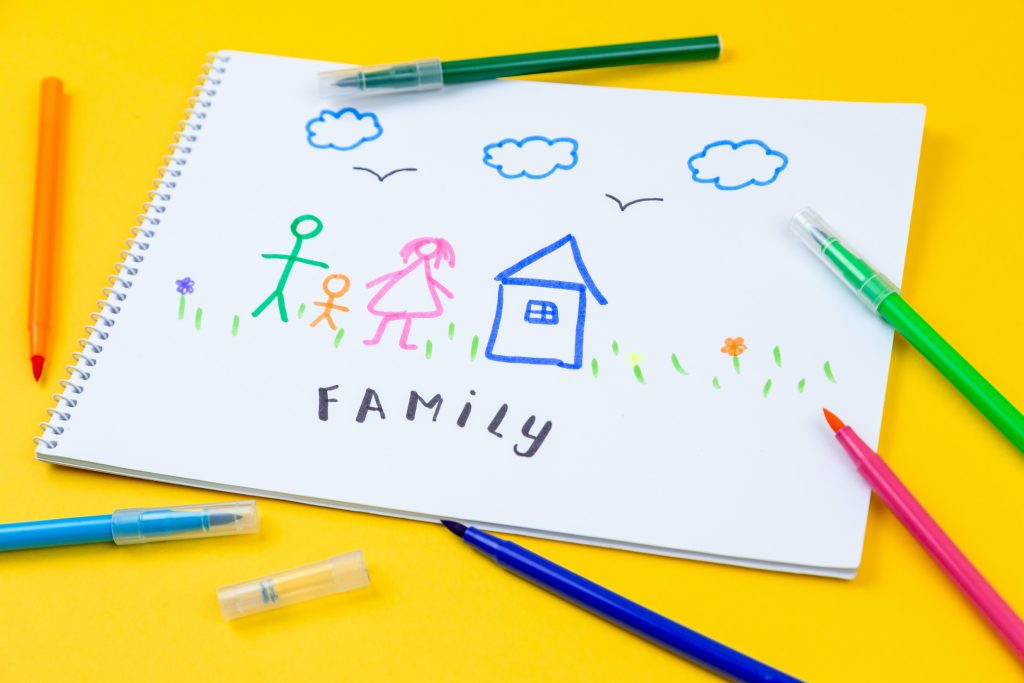Social media posts centered on children are extremely popular. Parents think they have the most gorgeous, hilarious, perfect offspring in the world. And so they should! So of course they would want to show them off to their friends/family/followers/the world. Sharenting refers to parents sharing their children across social media platforms, via photos, videos and written text referring to them. But doing this comes with risks, especially as technology develops. Children are too young to consent to their image being shared online. Once their image is out on the internet, it’s impossible to control what people do with it. Sharenting violates not only their privacy, but also puts them at risk of abuse, identity theft, deep-fakes, and more. If Mark Zuckerberg, who created and owns our largest social media platforms, censors his children’s faces when posting on said platforms, don’t you think you should too?
The current scale of Sharenting is massive.
French MP Bruno Studer is reported to have said that on average, by the age of 13 children have 1,300 images of themselves online. This is before most social media platforms will even allow them to open an account. Some sources even say that the average 5 year old has 1,500 images of themselves posted online by their parents. This isn’t even taking into account the vast popularity of influencers who include their children when sharing their lives, or who make content centered on their children and family life. Child social media “stars” don’t have the same legal protections that traditional child actors and singers have. Many children are growing up exploited; performing to an audience online without being able to consent, whilst their parents reap the benefits. Many parents never even consider the repercussions that can come from this behaviour. Even if a child seems to consent to this sharing, how will it effect them later in life? Will their older selves have agreed?
The pushback against Sharenting is fairly recent though.
The issue of posting images of children online is only now being widely discussed. Various campaigns across the world this year have aimed to warn against the dangers of sharenting:
- This month, the Assam police force in India released a campaign with AI generated children, some holding phones or trophies, with the statement: “Likes fade, but the digital scars remain. Shield your child from the perils of sharenting. Be mindful of what you share about your child on social media.” This comes with the hashtag #DontBeASharent. India has also experienced the rise in popularity of family bloggers/vloggers.
- In Germany, the company Deutsche Telekom also used AI to demonstrate the dangers of sharenting. A deep-faked and aged image created from a single photo of a 9-year-old girl surprises her parents in a cinema and explains to them the risks of posting her image online, which they are shown to do often.
- France wants to take it a step further, and an anti-sharenting law was discussed earlier this year in France’s national assembly. The aim is to protect a child’s privacy by law, but also to bring attention to parents of the consequences of their actions.

What exactly are the risks of sharing your child’s face and personal information online?
A major risk is identity theft and fraud. In a 2018 report, Barclays the bank estimated that by 2030, we could be facing $900 million a year in identity fraud damages caused by oversharing of children’s personal information by parents. Sharenting can give away details like full names, DOB, pet names, school names, addresses, etc. All things that fraudsters can use to impersonate people.
Another risk, as Deutsche Telekom showed, is the application of deep-fake technology. This can be used for a variety of nefarious purposes. Fraud is one, as mentioned above, but also online bullying, getting framed for crimes they didn’t commit, and deep-fake child pornography.
We must not forget that when we post an image online, we have to accept that anyone in the world can take it and use it however they want. The anti-sharenting bill in France I mentioned above states that 50% of the images found on paedophile forums originated from the social media accounts of the families of the children. Many of those parents will never even find out that those images are being abused. It’s a nightmare.
So think twice before plastering their face all over the internet.
It’s good practice to hide or blur children’s faces when posting pictures of them online. In addition, avoid mentioning personal identifying details. No reasonable parent wants to put their child at risk. Unfortunately, the lack of education around social media means that many have. Awareness is spreading though, as we begin to question our acceptance of the ubiquity of social media in our lives. To protect our privacy, and that of our children, we need to move away from a life broadcast over the internet.
Of course I’m not saying to stop taking family photos and videos. Saving those memories is important. But they’re for you, your friends and your family. Not the world. Print and save photos in albums and scrap books, hang them on your wall, send them directly and privately to the people you want to show them to. The number one priority is your child’s safety.



